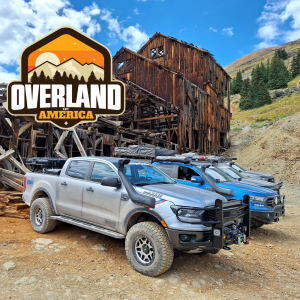Upper radiator hose is hard as a rock or is collapsed. It’s been burped a couple times
With engine cold
Take rad cap off and then take the small hose off rad cap opening, the "overflow tank" hose
Blow into the hose, should be easy to blow thru and you should see/hear air bubbling up in Overflow tank
If its hard to blow thru and then gets easier you had a clogged hose or bottom of overflow tank was dirty
If so then clean out the overflow tank and hose, that is why upper rad hose was collapsing
If hose and tank were clear, replace rad cap its recovery valve is broken
Top up radiator, cap still off
Start engine
You might get a small surge of coolant over top of cap opening, then it will drop down and stay down at top of rad no overflowing
Let it idle for 2 minutes, there should be NO overflowing
If you are getting a constant overflowing at rad cap opening you have a blown head gasket or cracked head, period
This is causing the rock hard upper rad hose
With rad cap on, after about 5-8minutes the upper rad hose should be rock hard, 14psi internal pressure from coolant at 180+ degrees expanding
So that's normal
Radiator is there to dissipate EXTRA HEAT, so outside temp and engine heat generated would dictate upper and lower rad hose temps
Normal temp on the dash gauge would be just below the 1/2 way mark, 1/2 is about 205degF on Ford gauges
If yours is at say 1/3 then your thermostat is stuck open or the wrong one, Fords use 1990-195degF thermostats
When driving the temp gauge can go slightly above 1/2 when climbing a hill at speed or pulling a load, thats normal
3/4 on gauge is overheating, pull over and let engine idle at higher RPM to cool it down, if its still going up shut off the engine













